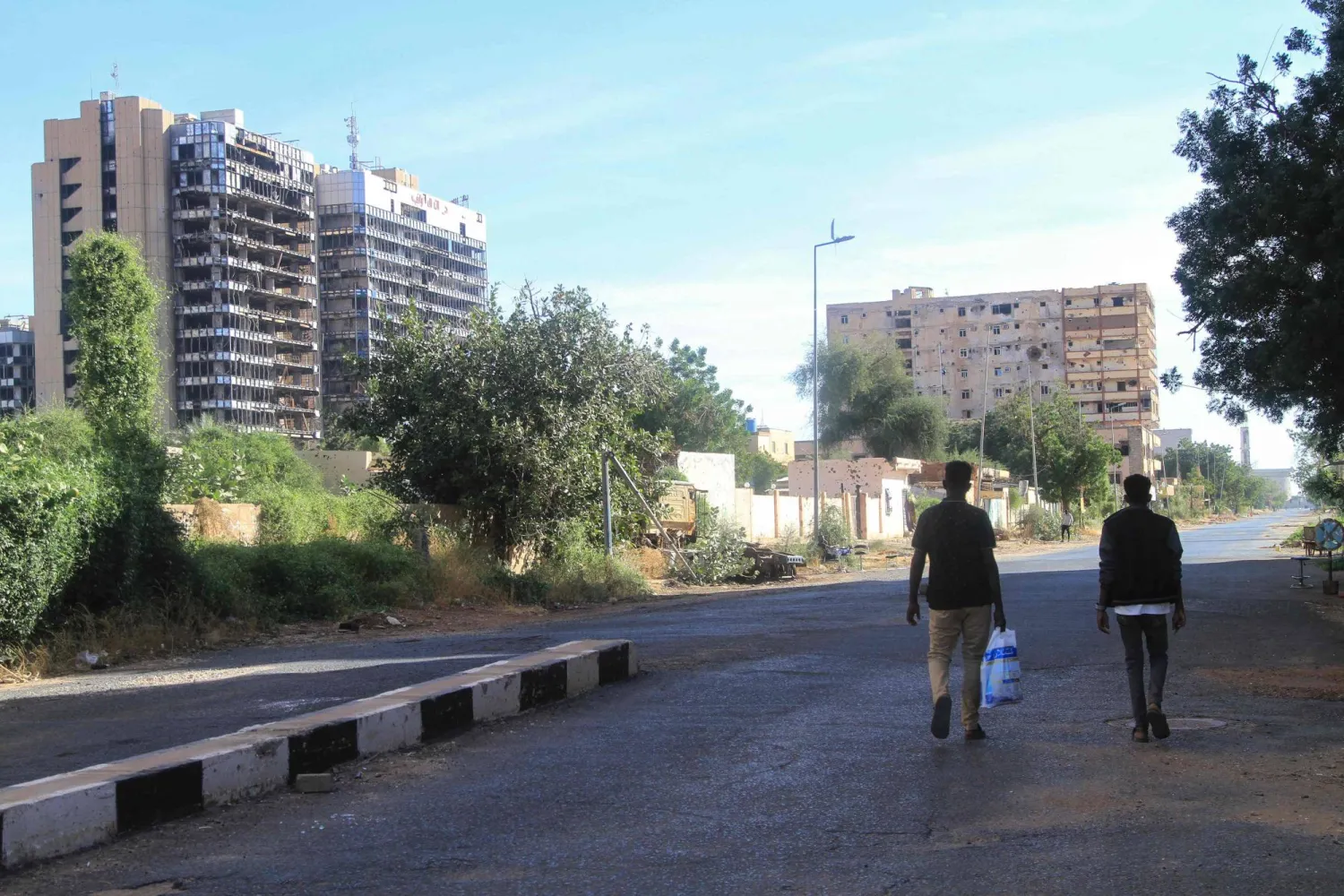Will the Syrian-Israeli peace negotiations resume? Where is Russia and the United States from opening the channels between Tel Aviv and Damascus? What is the required price and the rewards offered? These questions have been raised for a long time, but they have returned intensely to the diplomatic corridors in recent weeks as a widespread belief emerged about the presence of secret negotiations between the two capitals.
There is a reasonable explanation for this belief: modern history showed that whenever Damascus was on the brink of major transformations or isolation, the only “way out” was to resume negotiations, according to the saying: “The road to Washington always passes through Tel Aviv.”
When the Soviet Union collapsed and the features of the new world order started to emerge, President Hafez al-Assad decided to participate in the Madrid Peace Conference at the end of 1991 and then enter into direct negotiations with Israel. Those were led by then-Israeli Prime Minister Ehud Barak and then-Foreign Minister Farouk al-Sharaa at the beginning of 2000.
Two decades of negotiations were sufficient to spare Damascus the throes of transformations in the region and the world. But Hafez al-Assad passed away in the mid-2000s without signing the peace agreement.
When former Lebanese Prime Minister Rafik Hariri was assassinated in 2005, Damascus was isolated from its regional and international entourage. All eyes turned to Tel Aviv. In 2008, a secret negotiation channel was opened between the two sides, the Syrian aim of which was to break this state of isolation.
This is what happened. Secret negotiations took place. President Bashar al-Assad was invited to international and Arab conferences, tours, and summits. In the end, the talks sponsored by Turkish President Recep Tayyip Erdogan collapsed, and in December 2008 Assad did not agree to direct negotiations.
In this regard, former Israeli Prime Minister Ehud Olmert quotes former US President George W. Bush as saying: “For me, if you sign an agreement with Assad, it will make me very happy, because I want the Syrian president to know that the road to Washington passes through Jerusalem.”
Damascus is now in the American “isolation ax”. Is repeating previous experiences the only way out?
The first explicit “peaceful signal” came from Damascus. After the signing of the Israeli agreements with the Emirates and Bahrain, Damascus has not issued any official condemnation statement, contrary to its ally, Tehran. It remained silent. Silence here is a political stance. Indeed, the Emirati-Israeli agreement coincided with the arrival of a shipment of UAE humanitarian aid to the Syrian capital.
In fact, this Syrian “peace signal” is based on a pivotal development that took place in mid-2018, when US President Donald Trump and his Russian counterpart, Vladimir Putin, sponsored an agreement guaranteeing the return of the Syrian government forces to the south of the country in exchange for the removal of Iranian fighters from the borders of Jordan and the Golan and the deployment of the UN Disengagement Observer Force.
The security and military arrangements in the Golan are in accordance with the disengagement agreement and UN Resolution 338, Putin said, meaning a return to pre-2011 arrangements.
But talks have recently emerged about a bigger step between Damascus and Tel Aviv, which should include answers to three elements: First, US-Russian sponsorship, as the US mediation alone is no longer sufficient for several reasons, including the Russian presence in Syria and the strong relationship between Moscow and Tel Aviv and Damascus.
Second, the Iranian presence. This file represents an American-Russian-Israeli intersection point. It was previously tested in the 2018 deal and has been a major dossier in the Syrian-Israeli negotiations, when Tel Aviv’s interest shifted from convincing Damascus to “normalization” and “normal peace relations” to regional concessions regarding abandoning Tehran and Hezbollah. But is Damascus able/willing to abandon its alliance with Tehran, which is deeply involved in Syria? Can Russia make such a deal? Does the grand bargain include all foreign powers, including the American and Turkish forces? What is the internal political price required from Damascus for such arrangements?
Third, the future of the Golan. Trump had announced his support for Israel’s decision to extend its sovereignty over the Golan. But Damascus considered the decision “void”. Will Russia offer a “magic solution” that combines sovereignty, geopolitical interests, and security arrangements? What is the relationship of such a deal with the US election results and the questions of a “smooth transition” in the White House?









